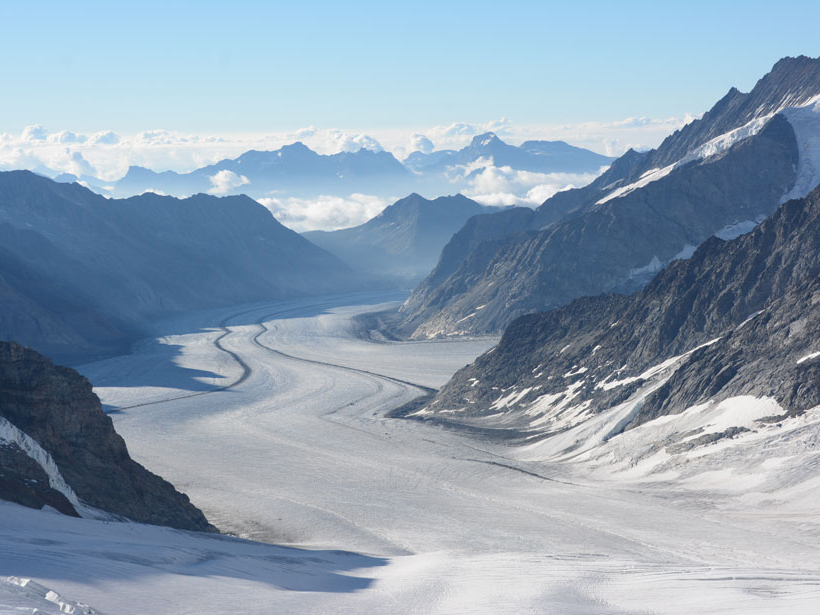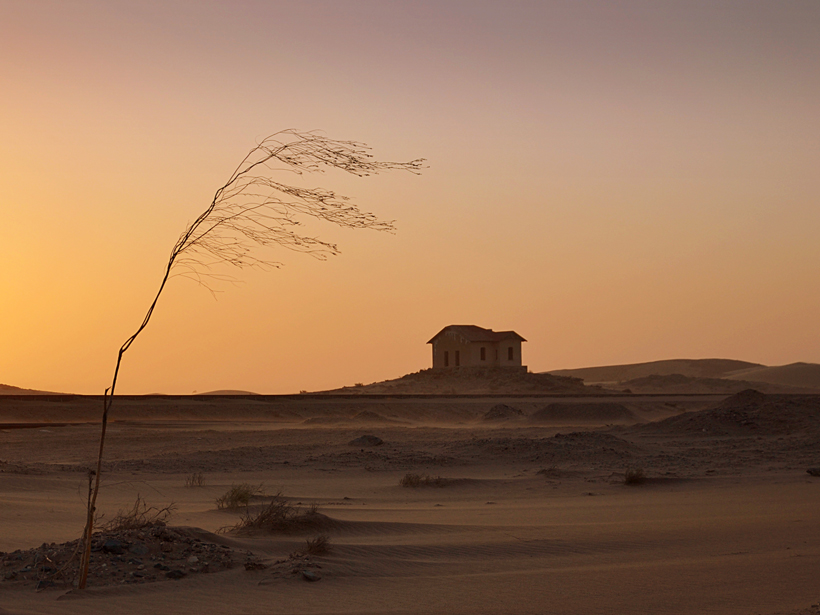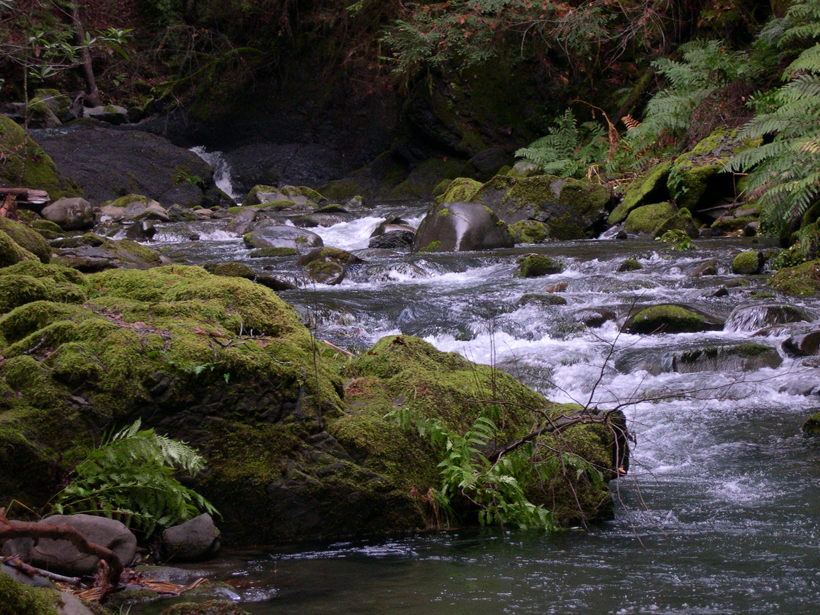Isaac Larsen will receive the 2017 Luna B. Leopold Young Scientist Award at the 2017 American Geophysical Union Fall Meeting, to be held 11–15 December in New Orleans, La. The award recognizes a young scientist for “a significant and outstanding contribution that advances the field of Earth and planetary surface processes.”
landscape & topography
A New Baseline to Monitor Earth’s Dynamic Surface
Researchers devise a new mathematical approach to combine space- and ground-based observations into an alternative reference frame for monitoring the changing positions of Earth’s features.
Pluto’s Features Receive First Official Names
Names of mountains, plains, valleys, and craters honor human and technological pioneers, Pluto scientists, and underworld mythology from around the world.
The Competing Climate Effects of Elevation and Albedo
Variations in surface reflectivity are as important as surface elevation changes in determining regional climate at nonpolar latitudes, according to a new modeling study.
Cosmic Muons Reveal the Land Hidden Under Ice
Scientists accurately map the shape of the bedrock beneath a glacier using a new technique.
New Tool for Understanding Landscape Evolution in Drylands
Combining vegetation distribution models and sediment transport models offers a better understanding of how dryland environments change in response to different factors.
Lab Tests Probe the Secrets of Steep and Rocky Mountain Streams
Researchers built a glass-encased test environment that helps them assess streamflow without the confounding factors introduced by bed forms.
Seeking Signs of Life and More: NASA’s Mars 2020 Mission
The next Mars rover will be able to land near rugged terrain, giving scientists access to diverse landscapes. It will also cache core samples, a first step in the quest to return samples to Earth.
Boulders Limit Transport of Sand and Gravel in Steep Rivers
Mountain rivers and streams actively reshape landscapes by eroding material from uplands and depositing it in lowlands. Scientists can now predict this transport in very steep streams.
Scientists Offer New Explanation for Island's Unexpected Uplift
Researchers developed a new timeline for the rise, fall, and rise again of a puzzling island in the Azores.









